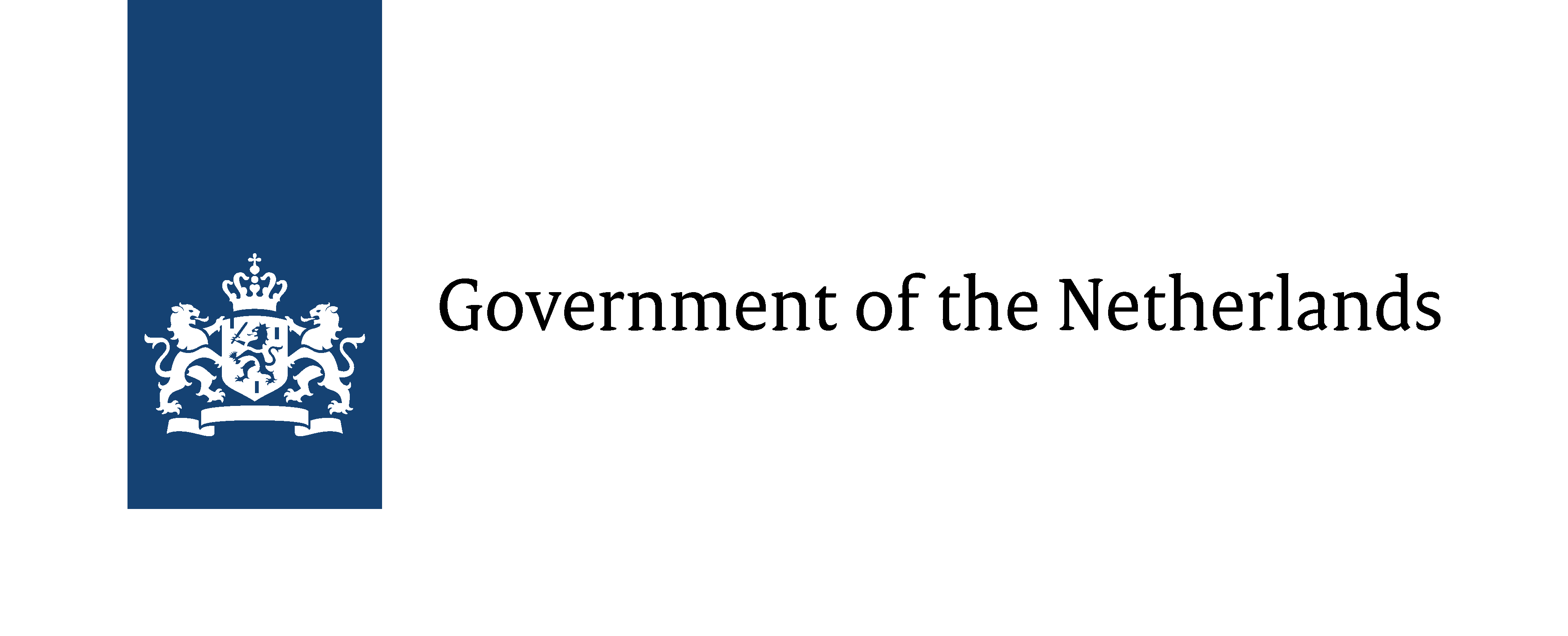High and low culture?
There's no longer a distiction between high and low culture. Today’s film landscape has room for successful popular film makers such as Johan Nijenhuis (Costa!) and Steven de Jong (Schippers van de Kameleon) as well as unadulterated art house film makers such as Nanouk Leopold (Guernsey), David Verbeek (R U There) and Mijke de Jong (Bluebird). The division between ‘high’ and ‘low’ culture, between film, television and theatre, is being whittled away by film makers such as Martin Koolhoven (Winter in Wartime) and Paula van der Oest (Zus en zo), who intersperse more artistic productions with commercial work as a matter of course. A similar development can be seen among actors. Stars such as Carice van Houten, Halina Reijn, Fedja van Huêt and Barry Atsma alternate between stage parts and TV appearances with roles in major and minor films. The manner in which Paul Verhoeven returned from Hollywood in 2006 is typical of the renewed self-awareness of contemporary Dutch film: despite his cynical wartime drama Black Book being the greatest Dutch box office success in recent years, the great Verhoeven is no longer able to make such a mark on the film world as he did in the past. Just one year after it appeared, Black Book’s success was easily surpassed by the romantic comedy Alles is Liefde. And even newcomer Reinout Oerlemans was able to draw an audience of millions in 2009 with his moving medical drama Komt een Vrouw bij de Dokter. A veteran such as Paul Verhoeven may certainly play a part in the new hey-day of Dutch film, but the new self-assured film makers have shown they are quite capable of succeeding without him.

